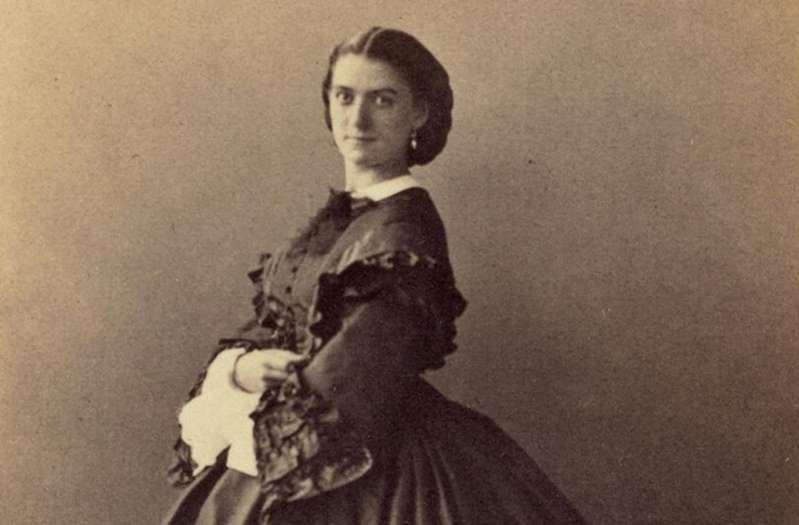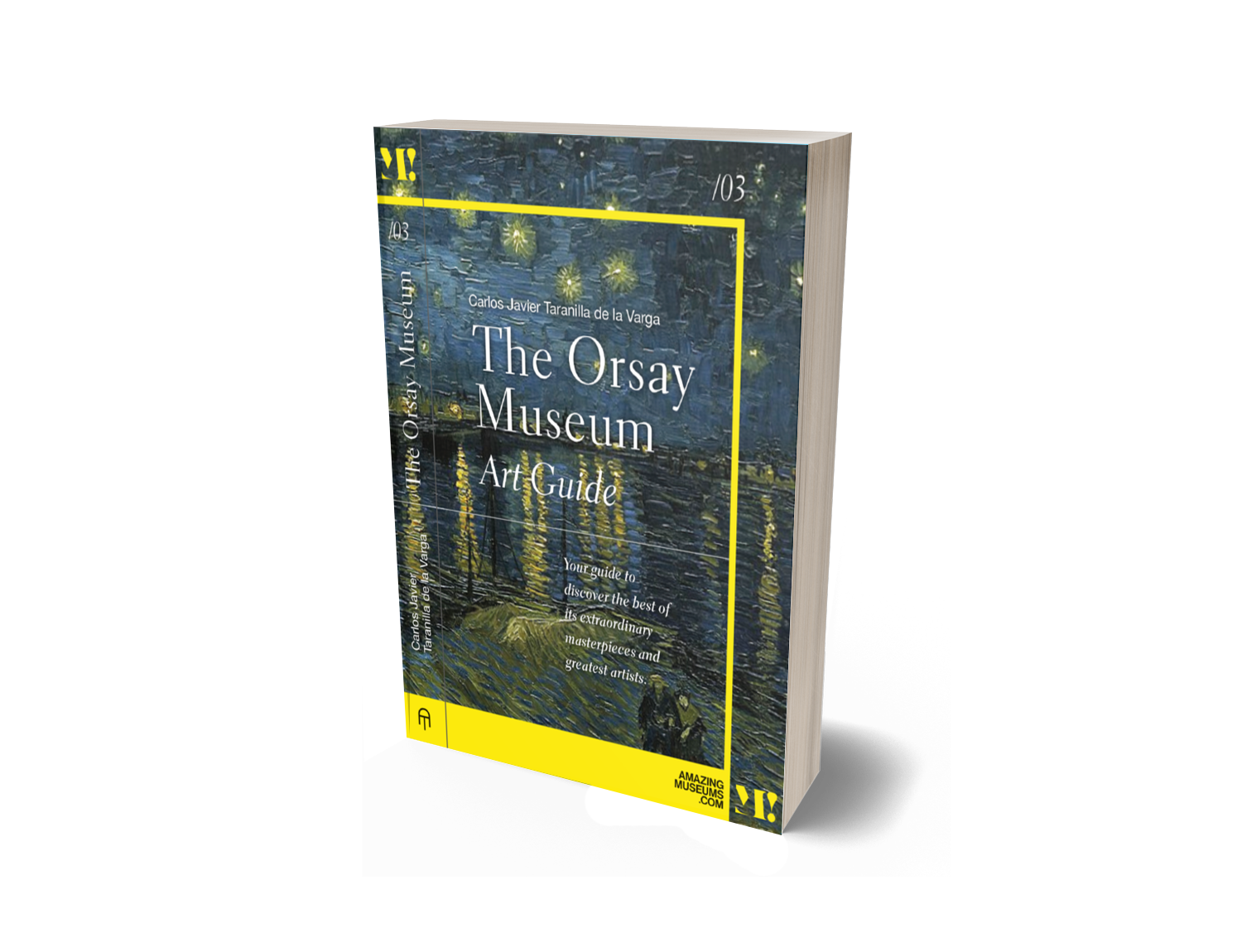
The origin of 'The Origin of the World'
The mysterious identity of the woman who inspired The Origin of the World, by the painter Gustave Courbet, has been the subject of debate for a long time. However, a century and a half after the painting caused an immense scandal in nineteenth-century Paris, we have the answer and a name thanks to historian Claude Schopp.
Who was Constance Quéniaux?
Constance Quéniaux was born in Versailles, France, in 1832. At the age of 16, she joined the Paris Opera ballet and quickly became one of the company's most outstanding dancers. Her beauty and elegance on stage attracted the attention of powerful men in Parisian society, and she had affairs with several of them, including the Prince of Wales, the future King Edward VII of England.
In 1864, Quéniaux met the artist Gustave Courbet and they began a romantic relationship. Courbet was already an established artist in France and had been one of the leaders of the realist movement in art. Quéniaux posed for Courbet on several occasions, becoming his muse.
The creation of "The Origin of the World"
In 1866, Courbet asked Quéniaux to pose for a work he had in mind. The painting would depict the torso and pubis of a nude woman in the foreground, focusing on the intimate details of the female anatomy. Quéniaux agreed to pose for the work, despite the controversy he knew it might generate.
The posing session took place in Courbet's studio, with the painting being completed in a few weeks. The work was first exhibited at the Paris Salon in 1866, but was quickly withdrawn due to its explicit content. The painting was considered obscene and pornographic by many, and Courbet was criticized for his lack of respect for traditional values. Despite the controversy, the painting was purchased by a private collector and remained in private collections for many years.

The painting "The Origin of the World" is currently on display at the Musée d'Orsay, Paris.
The rediscovery of "The Origin of the World"
It was not until the 1980s that "The Origin of the World" began to be recognized as an important work in the history of art. The painting was seen as a challenge to the conventions and taboos of 19th century French society. It was also recognized as a masterpiece of realism, impressively capturing the beauty and complexity of the female anatomy.
Today, "The Origin of the World" is considered an iconic work of modern art, and is on display at the Musée d'Orsay in Paris. The work has been the subject of numerous studies and interpretations, and continues to be a source of controversy and debate.
Life after "The Origin of the World"
After his posing session for "The Origin of the World," Quéniaux continued his career in dance. She also became a prominent figure in Parisian society, attending high-profile events and parties. It is rumored that she had romantic relationships with several powerful men, including, as we mentioned, the Prince of Wales, future King Edward VII of England, who reportedly kept her as a mistress for several years.
Quéniaux also maintained a relationship with Courbet himself for a time, although it is unclear how long this relationship lasted. Courbet was known for his numerous love affairs and did not marry or have children during his lifetime.
Despite his success in dance and Parisian society, Quéniaux kept a low profile after his posing session for "The Origin of the World." Very little is known about her life after her meeting with Courbet and there are no records indicating when or how she died.

The legacy of Constance Quéniaux
Although Constance Quéniaux is known primarily for her role as a model in "The Origin of the World," her life was much more than that. She was a talented dancer and a leading figure in 19th century Parisian society, with a personality and beauty that attracted powerful men and artists of the time.
While it will likely never be known for certain how Quéniaux felt about posing for "The Origin of the World," it is possible that she saw the posing session as an opportunity to be part of an important and challenging work of art. Although the work was controversial in its time, it has stood the test of time and has become an iconic work of modern art.
Constance Quéniaux was a fascinating and enigmatic figure in art history, who became Gustave Courbet's muse and posed for his masterpiece "The Origin of the World." Although little is known about her life after her meeting with Courbet, her legacy as a model and prominent figure in 19th century Parisian society lives on in her role in art history. Her beauty and elegance, captured in Courbet's brush, remain a reminder of her contribution to the culture and society of her time.
If you enjoyed and learned with the information on this article, we will soon publish 'The Orsay Museum Art Guide', our book on the museum that houses the largest number of Impressionist works in the world, as well as a must-have art guide to discover and learn the essentials of the great works, artists and styles of the Musée de l'Orsay. Until then, you can read some other Amazing Museums books, now available on Amazon.

